
Introduction
The competition in the business market is always on an upward trend. New startups are entering the scene while veterans are reinventing themselves to stay ahead of the competition.
Be it a startup or a veteran in the industry, everyone wants to grow and keep at it. Growth requires growing sales and sales are fueled by demand as per Economics 101!
But how does demand work? Demand for a product or brand in the market is directly proportional to the level of awareness, recognition, and reputation it enjoys.
Some firms have managed to register a 200% Revenue Growth with just ABM-led Content Syndication.
If you’re able to generate a high and strong demand for your brand and offerings, the sales team has an easy time converting prospects into customers. Even upselling existing customers becomes easy.
So the gist of it is, that there are no sales without demand and no growth without sales. But how do you generate demand?
Let’s learn all about it!
What is Demand Generation?
Unbound B2B defines demand generation as a marketing approach that creates awareness and builds a good brand reputation for the firm in the market with the ultimate objective of driving demand for a firm’s offerings in the target market.
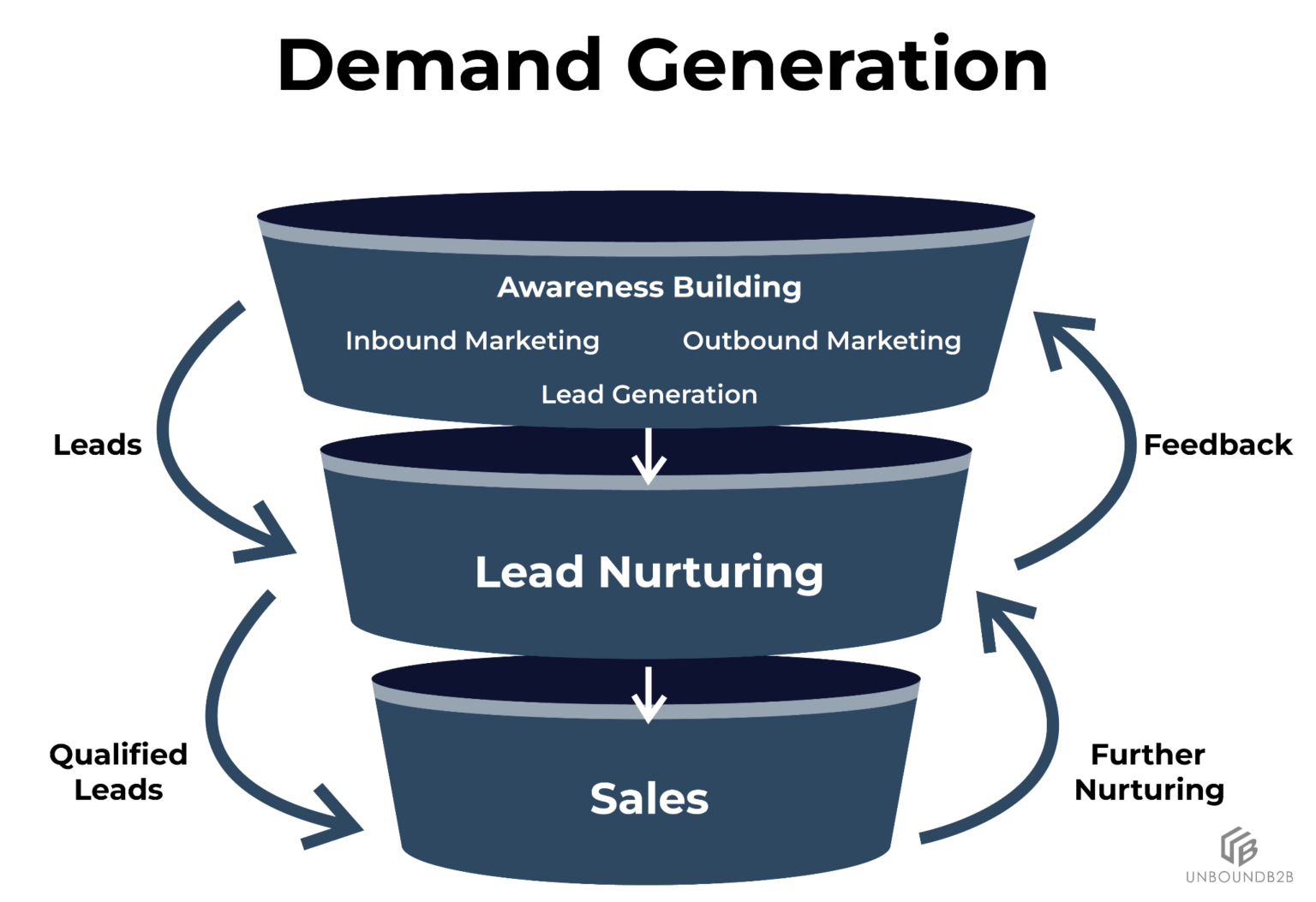
Demand generation differs from typical marketing and advertising. It aims at creating interest and curiosity among the audience for your offerings. This is done by providing them with information regarding how your offerings act as solutions for their problems.
This was demand generation in general. However, B2B Demand Generation is a different game altogether. Let’s check out how it is different.
What is B2B Demand Generation?
B2B demand generation works differently compared to normal demand generation. B2B demand generation as a process has to account for all the features of the B2B space.
B2B demand generation works differently compared to normal demand generation. B2B demand generation as a process has to account for all the features of the B2B space.
You have to showcase your expertise to your target audience. Both in terms of fulfilling their requirements and overcoming their pain points.
The result of doing all of this? You create and accelerate a predictable pipeline for your sales team. In turn, they can easily convert prospects into customers.
B2B demand generation is a long-term process. It nurtures prospects in such a way that your brand and solutions are always on top of their mind. So whenever they’re out to make a purchase, you’re their top choice by default.
Well, but isn’t all of this too reminiscent of lead generation and inbound marketing?
Let’s answer a question that’s always on the top of demand generation FAQs!
Distinguishing Demand Generation from Lead Generation and Inbound Marketing
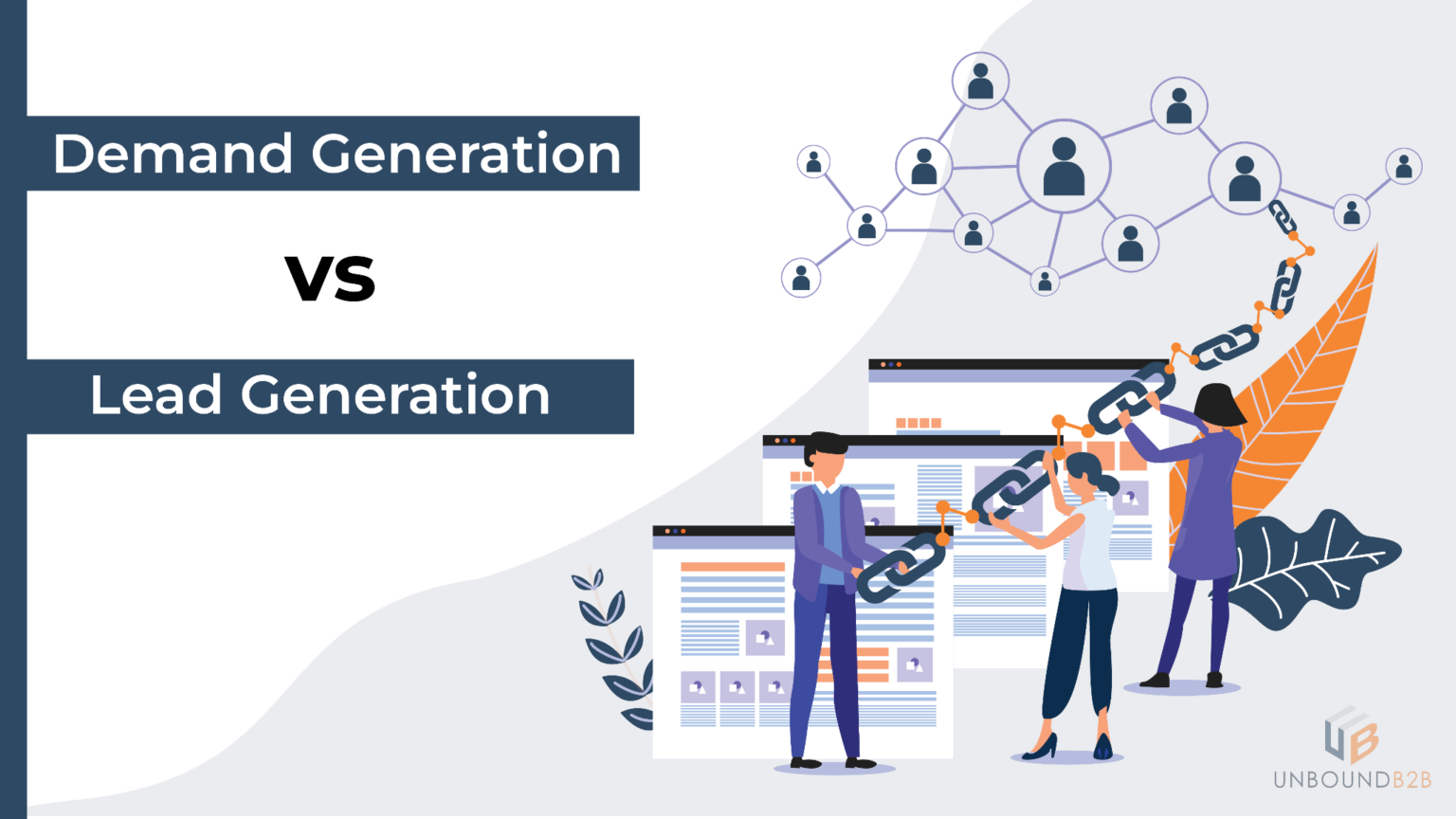
Explaining demand generation vs lead generation is tricky. Demand generation encompasses both inbound marketing and lead generation. Inbound marketing is one of the several methods in which you can carry out demand generation.
Whereas, lead generation is one component of the demand generation function.
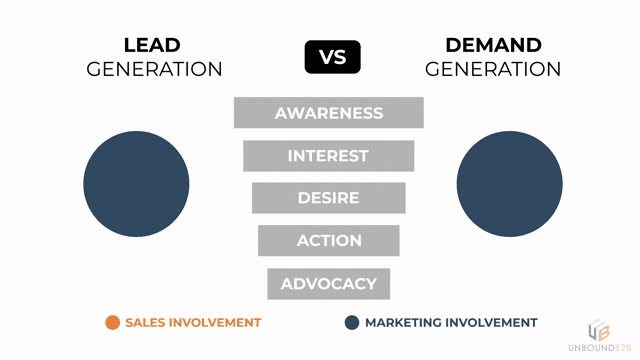
Demand generation is a top-of-the-funnel function that can be carried out using inbound marketing. Inbound marketing provides relevant and valuable content to the audience. This gets them interested in your offerings.
Personalized content can be used to address their requirements and pain points. Thus you can influence the awareness, consideration, and decision stages in their buyer journey. You can even have a mix of different strategies for demand generation.
Lead generation comes right below the top of the funnel. It captures interested audiences and collects their contact details. It qualifies the leads and passes on the hot marketing qualified leads to the sales team.
The rest of the leads are added to nurturing so they eventually warm up and can be further handed over to the sales team.
Now you know the basics of demand generation. But why should your firm even invest in it? What are the benefits of adopting demand generation? Let me answer that!
5 Reasons to Invest in Demand Generation
Demand generation is unlike any of the traditional marketing approaches. Having doubts about this approach is quite natural.
So here are five strong reasons why you should invest in Demand Generation.
Strengthens Brand Awareness and Reputation
The market is brimming with competition and it is necessary to stand out to grow. Demand generation leverages rich and informational content to capture the attention of your target audience effectively.
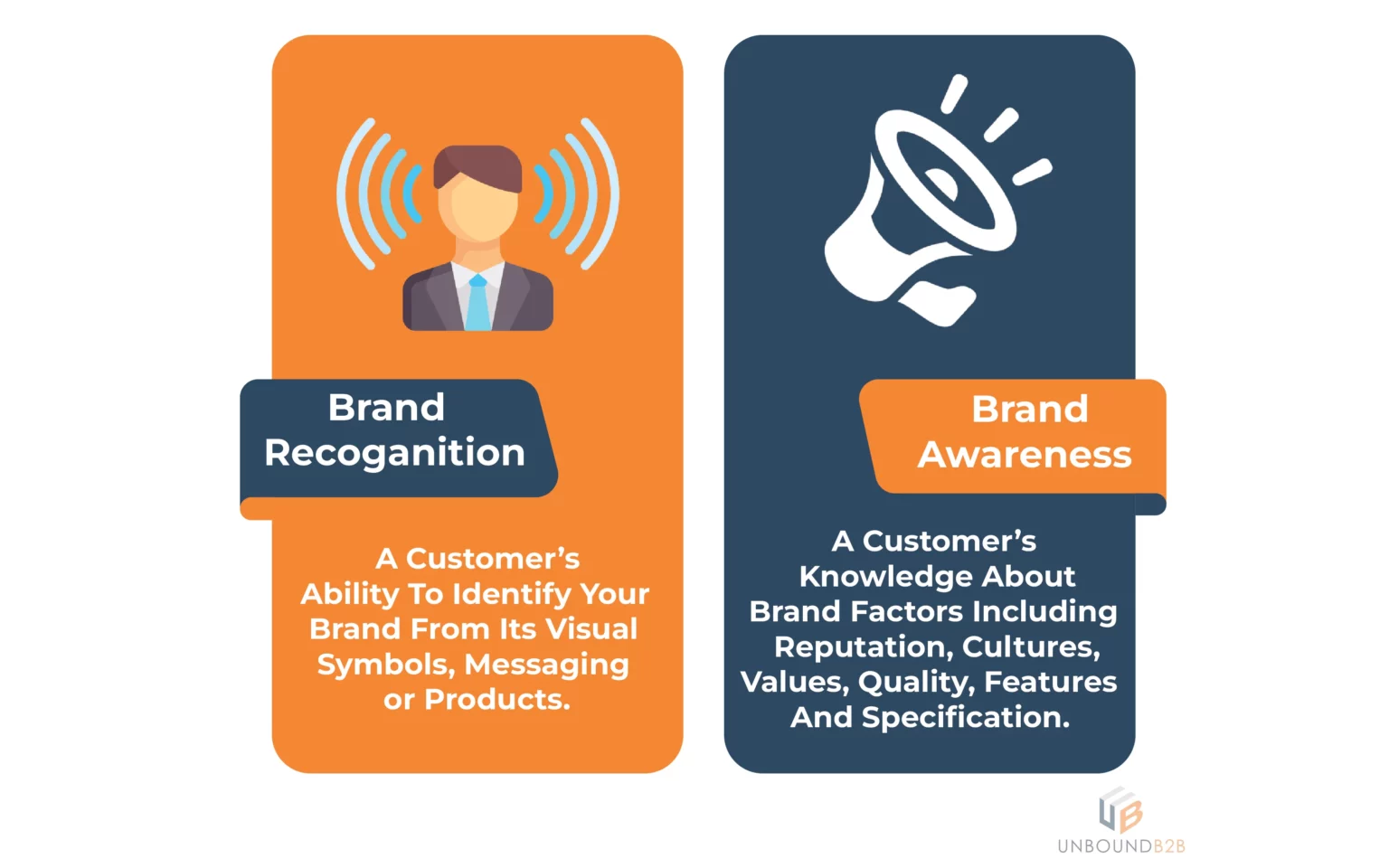
You will generate more brand awareness and build a reputation by educating them about your solutions and expertise. This way you can consolidate your spot in the market for yourself by providing value to your audience.
Generates High Quality and Qualified Leads
As per the latest B2B trends, the quality of leads is now more important than quantity. High-quality and qualified leads are easy to convert into customers and even easier to retain. Demand generation is naturally good at achieving this.
This function attracts better prospects as it is not trying to force a sale or trick a customer with clever marketing. Demand generation showcases how well you can provide certain solutions.
When the value you provide matches the requirements of your audience, they naturally gravitate towards you. As a result, you generate high-quality and qualified leads which result in steady revenue growth.
Lowers Customer Acquisition Cost
The mindset of a B2B prospect is different and has changed over time. Strategies such as outbound marketing cost too much. The key, therefore, is to identify the needs of your ideal customers and present yourself as the best available option.
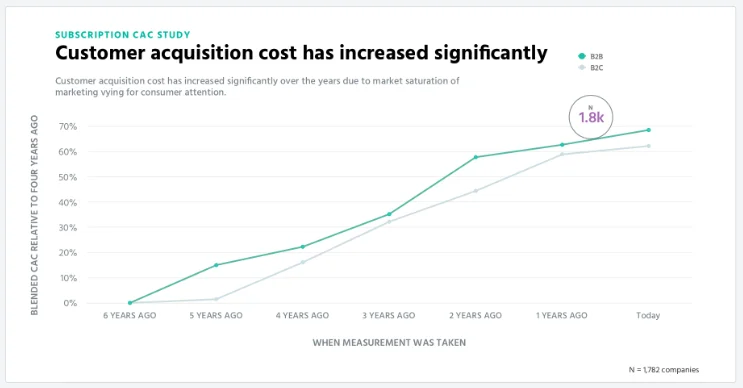
Source : Recur
Demand generation is naturally good at doing this. It not only generates high-quality but highly qualified leads. All this while consuming way fewer resources than other methods.
Thus, you can drastically lower the customer acquisition costs using demand generation. The resources you save can be conserved or reallocated for other activities. This will enable you to provide more value to the customers.
Increased Customer Retention
Retaining a customer is 6 to 7 times more cost-effective than acquiring a new one. But how does demand generation aid customer retention? Consider the entire process of demand generation; it is natural and based on providing value to customers.
Existing customers are bound to keep consuming your content when you consistently provide value. Quality content keeps them engaged and enhanced brand reputation makes it easy for you to retain customers.
Moreover, as they’re confident in the solutions you provide, you can easily upsell existing customers. This will generate additional revenue while not costing anything.
Drives Revenue Growth
Demand generation aids customer retention and enables effective upselling. However, these indirectly drive revenue growth.
Directly, demand generation simply creates more demand for the offerings of the firm.
Consistently providing the audience with value, creating positive impressions on them at multiple touchpoints, and generating more high-quality and qualified leads at lower costs, together drive revenue growth.
Demand generation is a long-term approach. Its yield in terms of revenue growth compounds over the long term.
Now you know how demand generation can be a good investment for your firm. Let us look at some examples of how firms are generating demand.
Demand Generation Examples
We just learned why one must invest in demand generation. Let us see demand generation in action to understand how you can benefit.
UnboundB2B
UnboundB2B handles demand generation for clients from different B2B business strata.
Depending upon the specific requirements, we use strategies such as Account-based marketing, Demand Generation, Intent based Marketing, etc.
Recently, we completed a demand generation campaign for an enterprise client. The client offers automated HR solutions to B2B businesses.
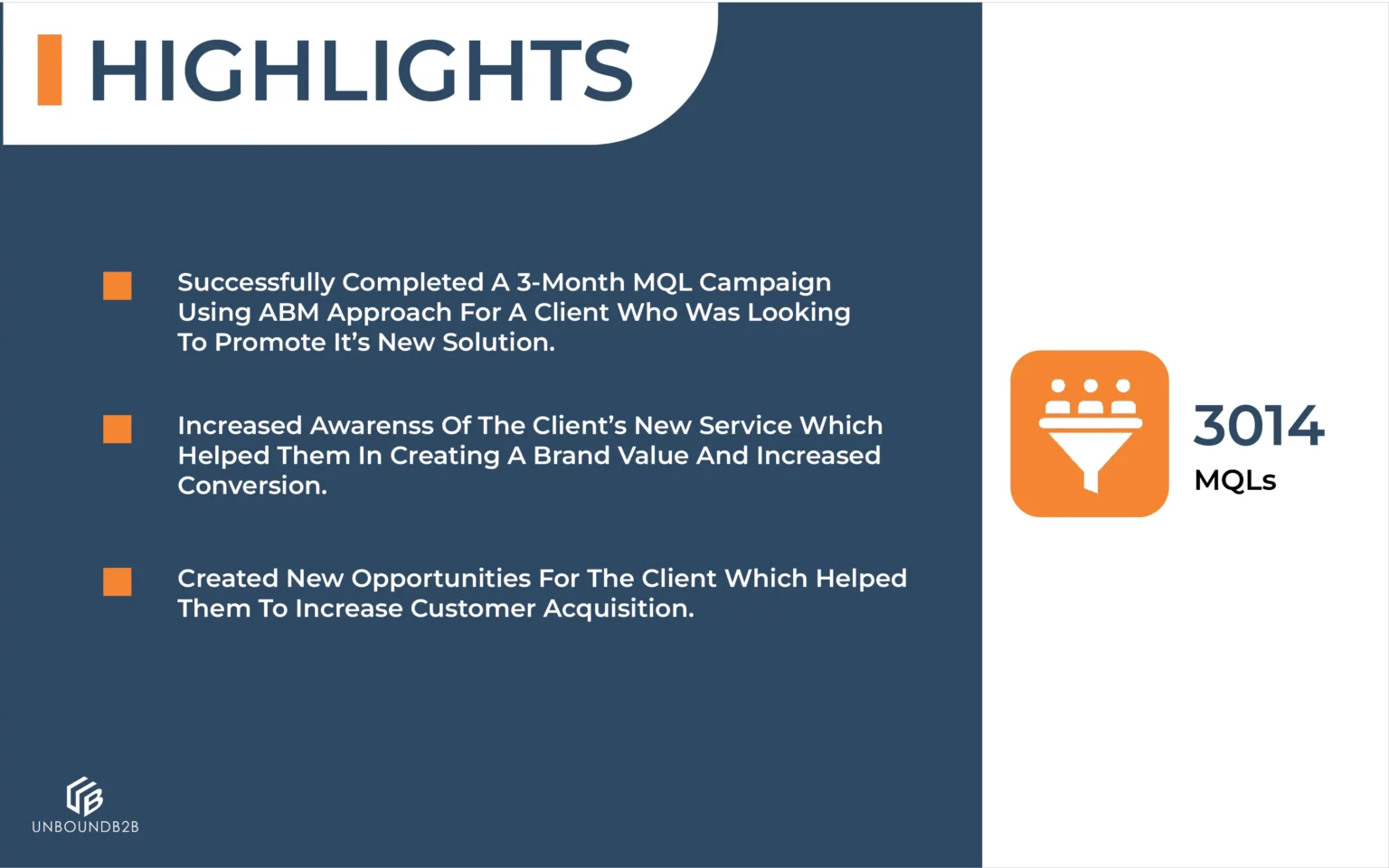
The client put forth their requirements and expectations. We followed up upon those and formulated a suitable ICP before commencing the campaign. The campaign duration was 3 months and we delivered on our commitment.
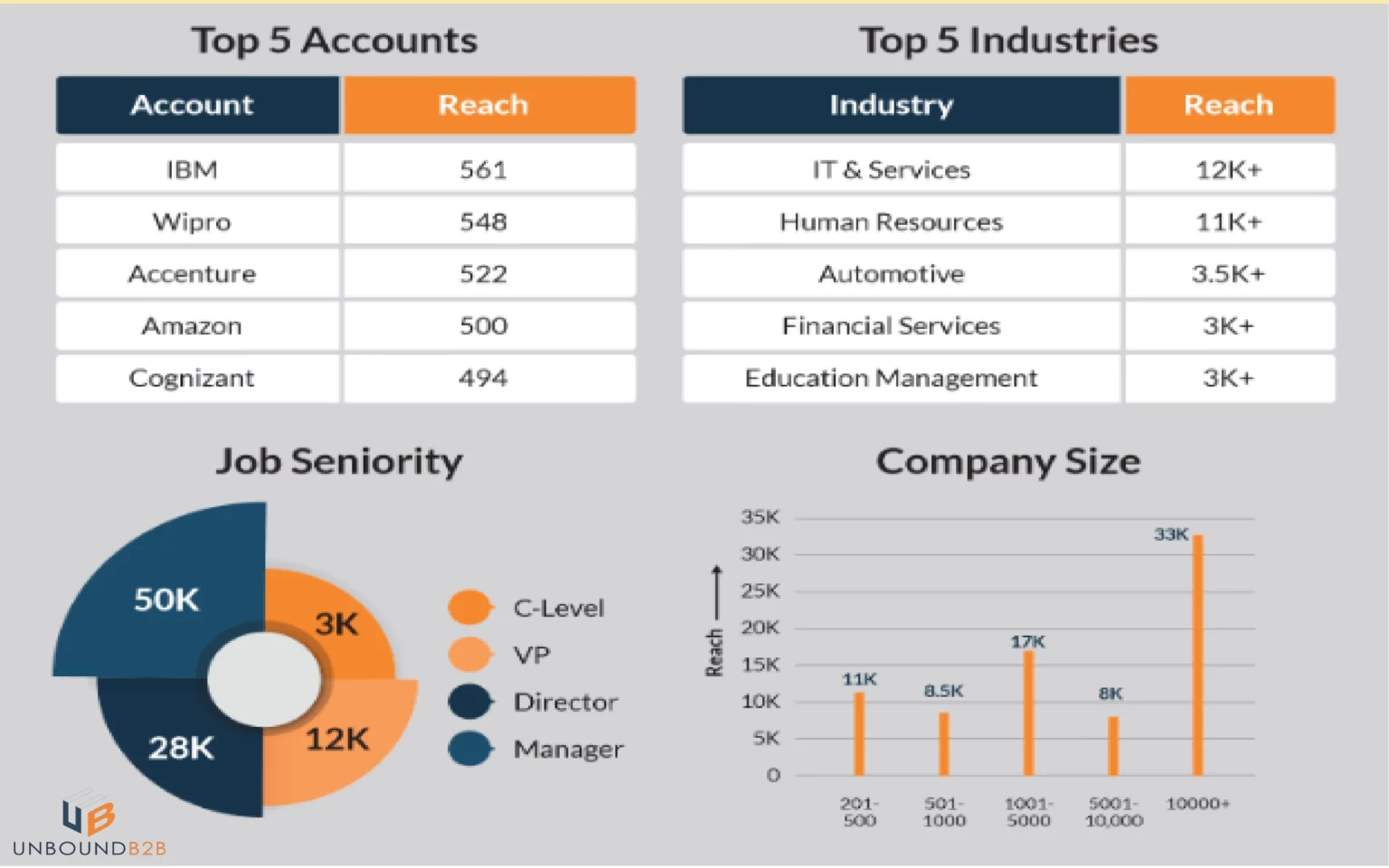
We generated 3014 MQLs by the end of the campaign run. We managed to reach the right Industries and the right decision-makers with our demand generation campaign.
Apple
I don’t think any tech firm is as good at demand generation as Apple. They even have the most loyal customer base by a long shot. Clearly, Apple is doing something right!
However, that wasn’t always the case. Apple saw iPhone sales decline in recent years owing to a lack of innovation. How did Apple respond? Introducing iPhone low-cost iPhone models such as the Mini and the SE series to generate demand.
This provided a low entry barrier for users into Apple’s ecosystem. Apple leveraged its world-class customer experience. Thus they were able to upsell and cross-sell these users to grow their revenue.
Adobe
Adobe is a titan of the media creation industry but even they weren’t immune to software piracy. This had led to a downfall in the demand for their products. So how did Adobe respond?
Adobe adopted a subscription model, turning them into a SaaS firm. They performed equally well when it comes to adopting social media marketing.
This enabled them to market better and reach more users than before, leading to a rise in demand for their products. The result?
Adobe’s revenue grew by 21% just in the last quarter. Their cash flow has more than tripled since 2018 showcasing how they’re winning at demand generation.
Alphabet
Google is another great example of demand generation done right. While Google’s core business has been advertisements, they have tried to diversify many times.
Their diversification efforts hadn’t yielded much until recently. That was when the pandemic set in and changed everything.
Google already had brand awareness and credibility. This enabled them to generate huge demand for services such as Google Teams, Google Office Suite, Chrome OS for low-end hardware for remote education, etc.
Thus, they were able to upsell and cross-sell premium and enterprise solutions to industries and organizations.
Impressive what they’ve achieved right? We believe you can excel at demand generation too. So let us take a look at top 5 demand generation strategies.
Top 5 Demand Generation Strategies
Demand generation must sound promising to you now. Here are 5 demand generation strategies for you. In case you decide to go ahead with it, you’ll know what to do.
Give Away the Best Stuff You Have!
No, this is not How to go Bankrupt 101! We’re still discussing demand generation. Yes, this idea sounds a little crazy but trust me, this works.
You can bundle all your best content into an eBook and let people have it for free. Or provide them with templates to make infographics, presentations, spreadsheets for analyzing data, etc.
The idea is to exchange something of real value in return for cementing their trust in you. This exchange further consolidates the relationship with your audience. You can easily turn them into brand advocates.
So not only will your prospects convert easily but chances are they will refer you to more people as well.
Provide a Tool or App for Free
This strategy is highly effective and a lot of big brands use it too. However, not everyone is Google to provide a powerful tool like Google Analytics for free. Developing a tool or an App has high costs and not everyone can invest heavily to provide it for free.
That, however, shouldn’t stop you from adopting this approach. The tool or app you provide for free can be a simple one as well. Consider Ahrefs’ Keyword Difficulty Checker for instance. It is a simple tool that provides a lot of value.
Simple tools like this do not cost much to develop. Moreover, this strategy ties right into the one above. Thus, it is very effective at generating demand and also adds a lot to your brand reputation and value.
Focus on Content Creation
High-quality content is at the core of Demand Generation. Relevant, interesting, and quality content is a must for any demand generation funnel to work as intended.
All demand generation campaigns begin with content. It is the primary form in which you provide value to your audience. You will need to focus on content creation as creating relevant content and ensuring it is high-quality is not easy.
You can resort to social listening and identify what questions your audiences are asking, find out new developments in the industry and expand on them, conduct studies and publish your findings, etc.
Publishing valuable content consistently will be the key driver in your demand generation efforts. Use content syndication to further maximize its effectiveness.
Incorporate the Omnichannel Approach
Omnichannel marketing enables a business to provide a consistent customer experience across multiple platforms. We all know how important customer experience has become for businesses in recent times.
Consistent brand messaging is the key driver of demand generation. Be it in terms of putting out high-quality content or providing a good customer experience across multiple platforms.
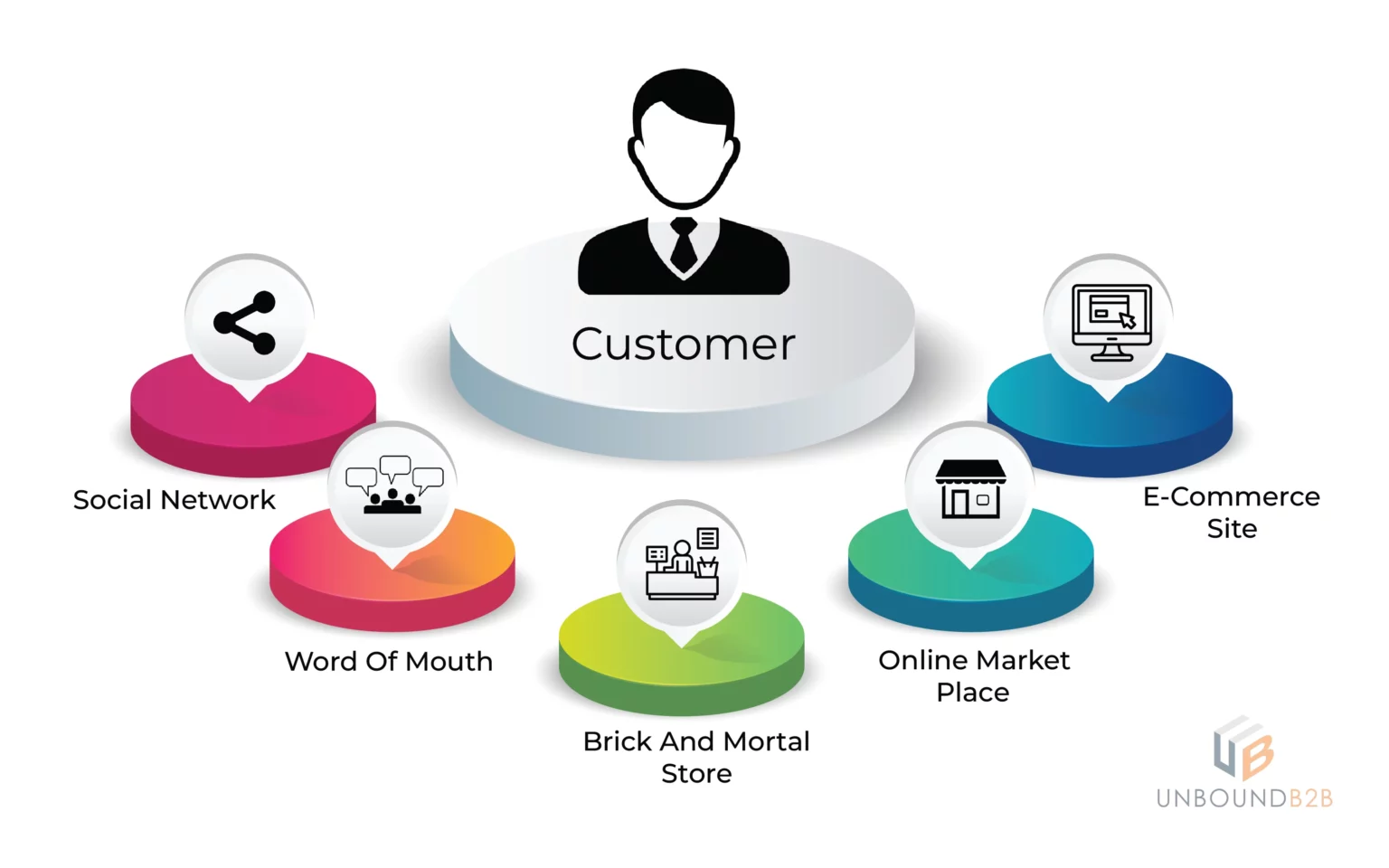
Omnichannel marketing enables you to achieve this. To provide a consistent experience to all the key decision-makers of B2B prospects. Enhancing their customer experience significantly raises the chances of conversion.
Additionally, you benefit from the enhanced reach that omnichannel marketing provides. You not only reach more people but capture the attention of audiences for longer with this approach.
Focus on LinkedIn
LinkedIn started as a networking platform for professionals. As the years have gone by, it has transformed into more of a business networking channel.
Over 75% of B2B buyers have admitted that thought leadership is a key factor when they choose a vendor for their requirements. Thus, content marketers have been leveraging LinkedIn to project thought leadership.
Moreover, LinkedIn marketing campaigns are effective for the B2B industry. Not only are the key decision-makers of your prospects present but are also active on the platform.
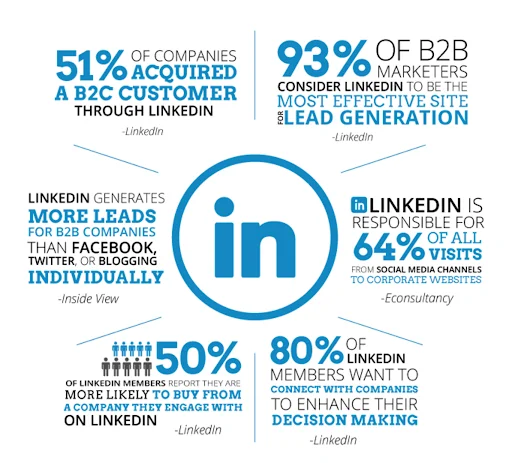
Source : Neilpatel
This gives you better opportunities to warm up leads and nurture them effectively. The best part is perhaps that it is still possible to generate high organic reach with LinkedIn.
Thus, you can maximize brand exposure and build a reputation in front of the decision-makers that matter the most.
With these you will maximize your ROI on demand generation. That raises a question though. How will you measure the ROI on demand generation? Let’s find out!
How to Measure Demand Generation ROI?
Having a good demand generation strategy surely helps. It is also necessary to measure its performance to ensure it is performing as intended.
To measure performance, you need suitable KPIs. Once you have those, you can measure, compare and correct various aspects. This will ensure performance delivery the way it was intended to be. Here are the KPIs you need.
Cost Per Acquisition
Monitoring the content engagement metrics sure seems like a good option. However, every demand generation campaign needs to be tied to revenue generation.
Thus, cost per acquisition comes into the picture. Cost per acquisition measures how much it costs on average to acquire a paying customer. With it, you can measure the overall CPA or calculate the CPA for a specific marketing channel.
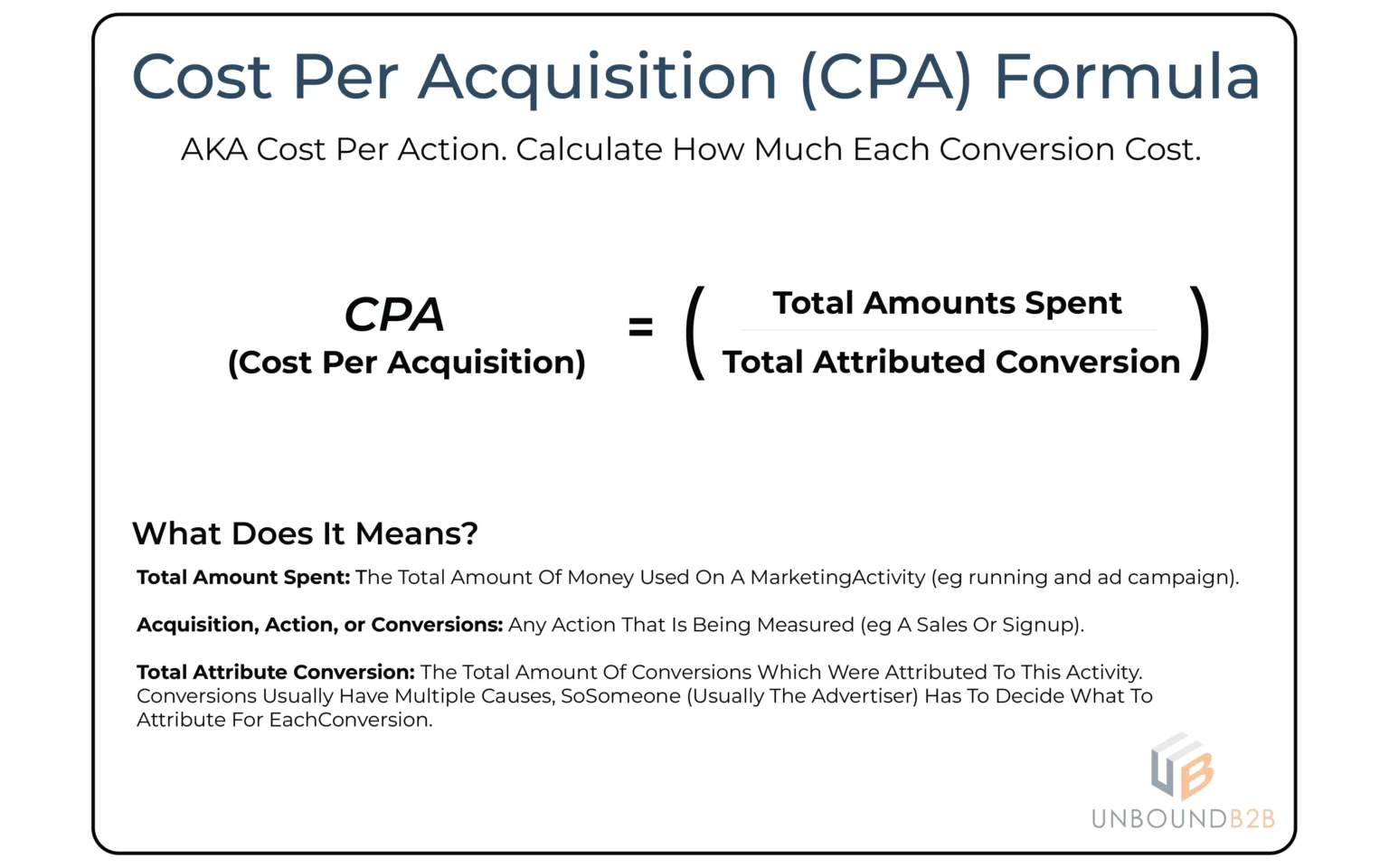
If your demand generation strategy is well suited for your firm, it will be evident through the CPA. The CPA for any well-performing demand generation function is significantly lower than the average in your particular industry.
Customer Lifetime Value
Remember how CPA came into the picture? Well, customer lifetime value just photobombed that picture!
CLV is another important performance metric, especially for the B2B sector. Remember how we discussed increased customer decisions as a benefit of demand generation? This is the indicator that helps you determine how everything is working.
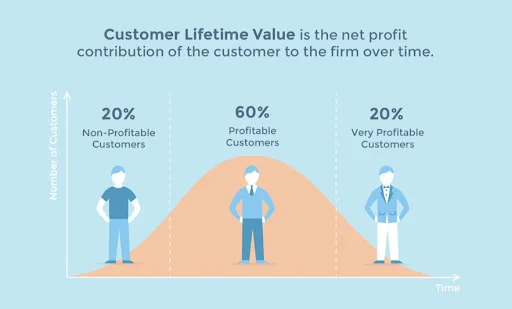
Source: reinvent-the-customer-experience
CLV accounts for how much revenue is generated on average from a customer over his lifetime. Considering high customer retention, upselling and cross-selling enabled by demand generation, your CLV must be higher than the industry average.
A higher than average CLV is an indicator that the demand generation function is performing well. If it starts falling you must take action to correct the dip.
Demand Generation Funnel Conversion Rate
A well-performing demand generation function is supposed to generate high-quality highly qualified leads. Every demand generation funnel has four stages, Awareness, Interest, Decision, and Action.
Leads drop out of the funnel at each stage as they progress. There are multiple reasons for it. Demand generation funnel conversion rate measures what percent of the leads that entered the funnel ended up converting into customers.
A low demand generation funnel conversion rate is an indicator of an underperforming demand generation function.
You need to ensure your demand generation funnel conversion rate remains higher than the observed rate in your industry.
Payback Period
For any business to grow steadily, it is necessary to realize returns on investments as quickly as possible. Reaching the breakeven point is one such important milestone.
Knowing how much time it takes to recuperate the cost of acquisition is a key indicator for demand generation performance.
Payback period = CPA / ARPA
Here, ARPA is the average revenue per account per month. The payback period is an especially important performance metric for SaaS demand generation.
The performance of a demand generation function can be gauged through the payback period. An effective demand generation function will result in a quick payback period.
Sales Cycle Length
Sales cycle length is the time it takes for a prospect to reach the customer stage from the awareness stage. The observed sales cycle length in the B2B sector is relatively long compared to the B2C sector. However, it is possible to shorten it.
Considering all the points mentioned above, a well-performing demand generation function must facilitate shorter sales cycles.
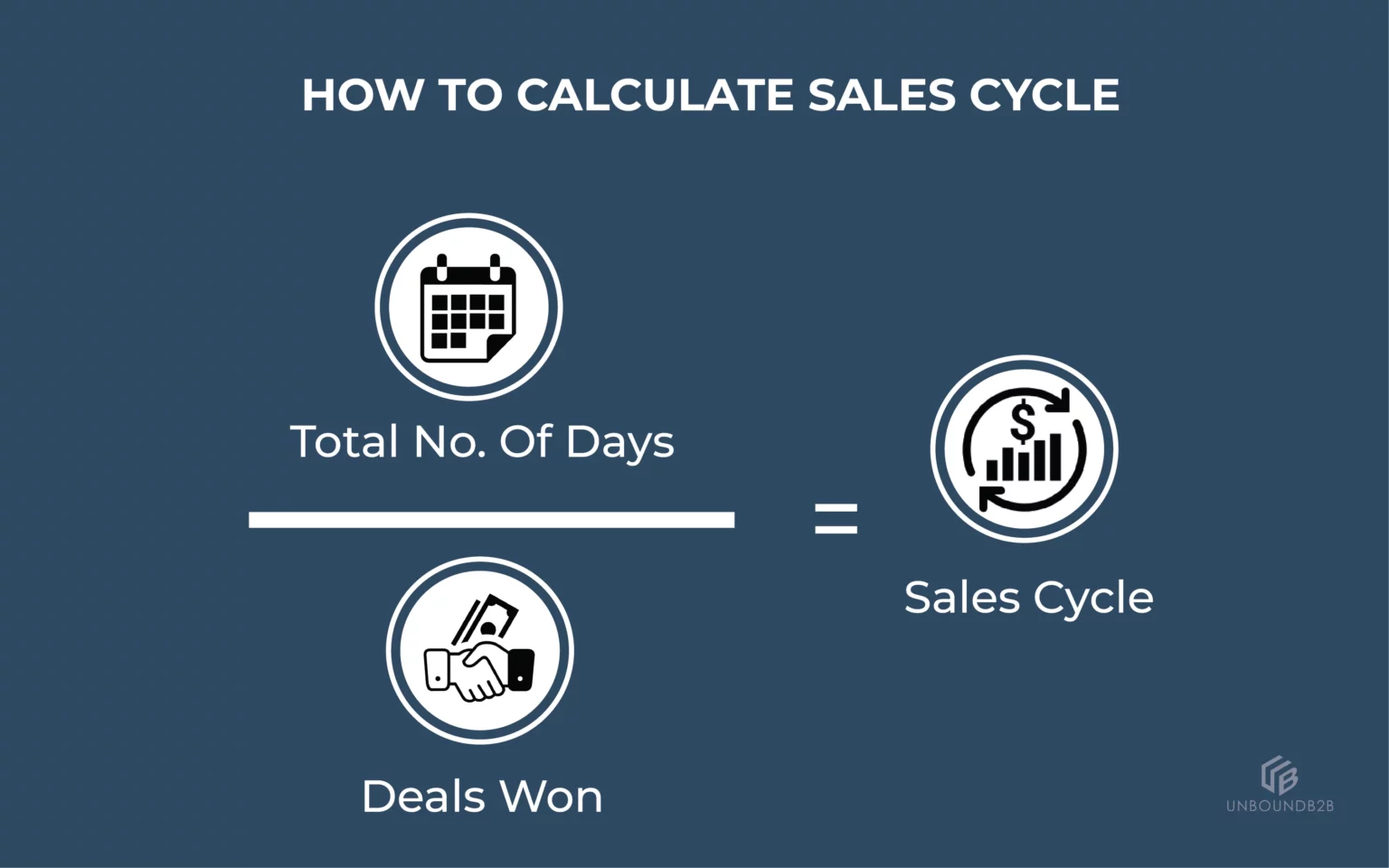
A higher than average sales cycle length is a clear indication that the demand generation function is ineffective. Therefore, this metric needs to be monitored regularly to ensure peak demand generation performance.
Wondering what else can you do to ensure the best demand generation performance? I’ll walk you through the best demand generation practices you can follow!
Best Practices for Demand Generation
Here are some tips to get you started on the right foot with demand generation.
Leverage Social Media
Social media platforms allow you to reach the right people at the right time. You have to be careful with your platform selection when it comes to B2B.
When combined with an Omnichannel marketing approach, you can effectively generate brand awareness and maximize reach.
Leverage Automation
A lot of demand generation activities can be automated. Automating these activities will save your firm a lot of time and resources. You can allocate this conserved time and resources to more productive activities that add value to your offerings. Utilizing automation is a must if you’re a demand generation agency handling multiple high-value clients.Strengthen Lead Nurturing
Your timing is not going to be perfect all the time. To ensure you maximize conversions, you need to have a strong lead nurturing function.
With a strong lead nurturing function, you will convert the majority of the leads that weren’t ready to purchase your offerings right away.
Create Stage-based Strategies
Every stage in the demand generation funnel presents its unique requirements. The only way to address them effectively is to have different strategies for each stage.
With this, you can match the unique requirements of each stage. Ensuring this will result in performance maximization for your demand generation function.
Utilize Lead Scoring
Having a lead scoring mechanism in place will make your work easy. You will be able to segment leads as per their readiness for making a purchase.
Leads with higher scores can be handed over to the sales team. While those who score less can be added to the lead nurturing routine.
Leverage Data and Analytics
Data is an important business resource. Analyzing the available data to produce insights can drastically improve the decision-making process.
Data Analysis also helps analyze user behavior which KPIs cannot quantify. Thus, a lot can be learned and improved upon using data and data analytics.
Perform A/B Testing
Experimentation leads to breakthroughs! A/B testing is a powerful tool and you should utilize it. This will help you understand what works better for your target audience.
The understanding gained from conducting A/B testing will allow you to create the best-performing setup. You can then replicate it to maximize demand generation.
Over To You
Demand generation is a long-term commitment that has the potential to yield exponentially. It improves various functions and business activities that directly tie into revenue generation.
It is a more natural way of marketing. It makes the ideal customer come to you rather than you pursuing them. While getting it right is tough, once you get it right, your firm can enjoy all its benefits well into the future.
Our blog
Latest blog posts
Tool and strategies modern teams need to help their companies grow.

It is for fact that today's buying environment demands more. With longer sales cycles...

To build a marketing strategy that drives real results, you need more than creative i...

The 95/5 rule in B2B marketing shows that while only 5% of buyers are ready to purcha...







